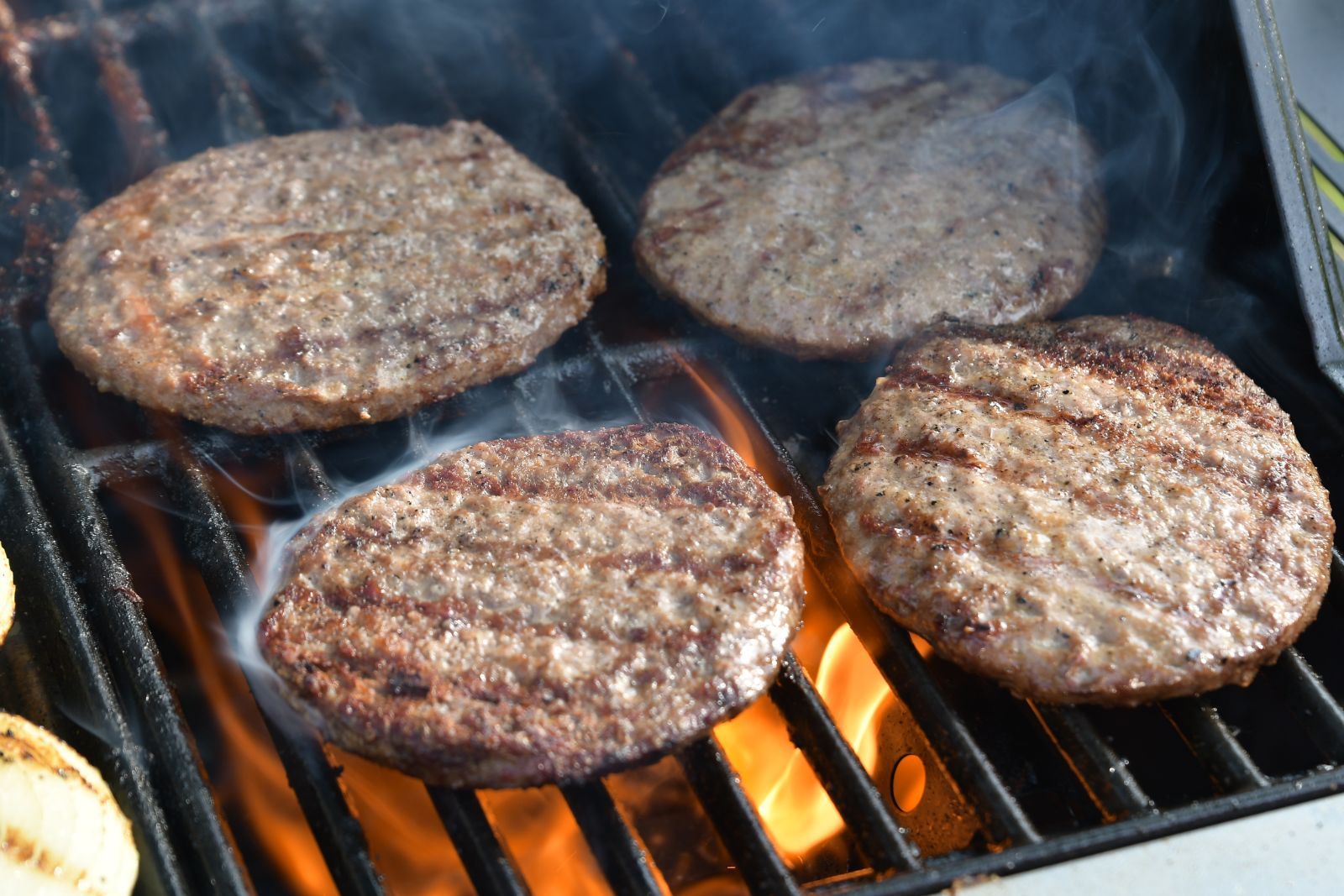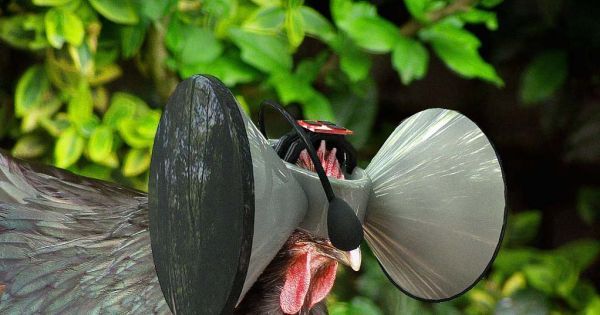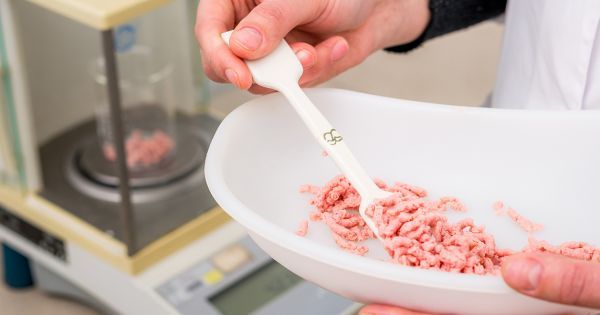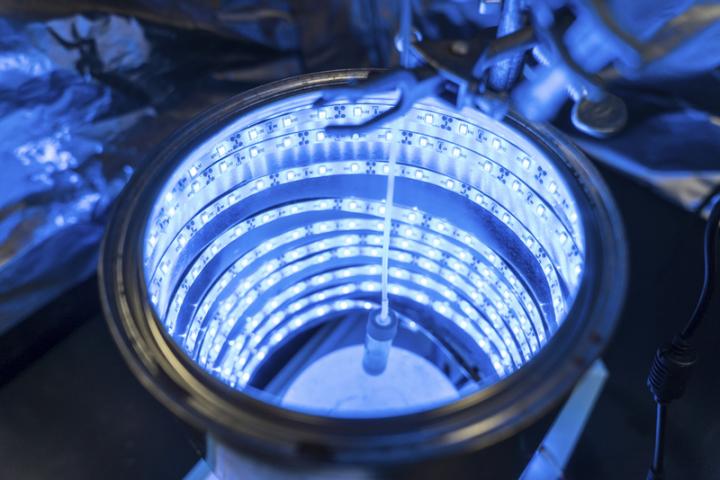What a world we live in.


A type of food that has been around for centuries, but is primed to be increasingly relevant to the future: Plant-Based “Meat.”
In this video series, the Galactic Public Archives takes bite-sized looks at a variety of terms, technologies, and ideas that are likely to be prominent in the future. Terms are regularly changing and being redefined with the passing of time. With constant breakthroughs and the development of new technology and other resources, we seek to define what these things are and how they will impact our future.
Uber launched a new app on Thursday called Uber Freight, which matches trucking companies with loads to haul.
The formal launch of the app marks Uber’s long-anticipated move into the trucking industry — potentially disrupting one of the most popular professions in the U.S.
With 9.73 million workers, transportation and material moving is the fourth-largest employment group in the U.S., behind office staff, salespeople and food preparation workers, according to May 2016 data from the Bureau of Labor Statistics. Of transportation workers and movers, general freight trucking and specialized freight trucking are among the industries with the highest employment levels, the BLS said.


Free-range livestock is going to the next level, thanks to a unique, if seemingly silly idea that has recently gone viral. Second Livestock is a free range world for chickens in virtual reality (VR). And yes, just like most of VR’s current applications, it actually works like a game — a massively-multiplayer one full of chickens and with no AI bots.
Scientists’ ability to create organisms through synthetic biology is getting easier and cheaper fueling the start of a new era in biology. Synthetic biology has already lead to some innovations such as lab-grown meat, advancement in medicine, and even helping to bring back extinct species.

Future of farming? Driverless tractors and drones attempt to grow crops without humans setting foot on the land in a world first…
Drones are also being used to monitor the crops so agronomists don’t have to enter the field to carry out their observations.
The team from the Harper Adams University in Shropshire believe their research will revolutionise farming and free up the time of farmers.
Johnathan Gill, Kit Franklin and Martin Abell are using small-scale machinery that is already available on the market including a 38bhp Iseki TLE 3400 compact tractor and adapting these in the university’s engineering labs.
Technology has the power to improve people’s lives — and not just by supplying flying cars to millionaires. The computer networks that brought us Bitcoins are advancing in ways that will make humanitarian giving simpler and more secure than ever.

A win win, assuming it can be manufactured en mass and at a reasonable price.
A University of Central Florida (UCF) chemistry professor has invented a revolutionary way to remove carbon dioxide (CO2) from air by triggering artificial photosynthesis in a synthetic material — breaking down carbon dioxide while also producing fuel for energy.
UCF Assistant Professor Fernando Uribe-Romo and his students used a synthetic material called a metal–organic framework (MOF), which converts carbon dioxide into harmless organic materials — similar to how plants convert CO2 and sunlight into food.